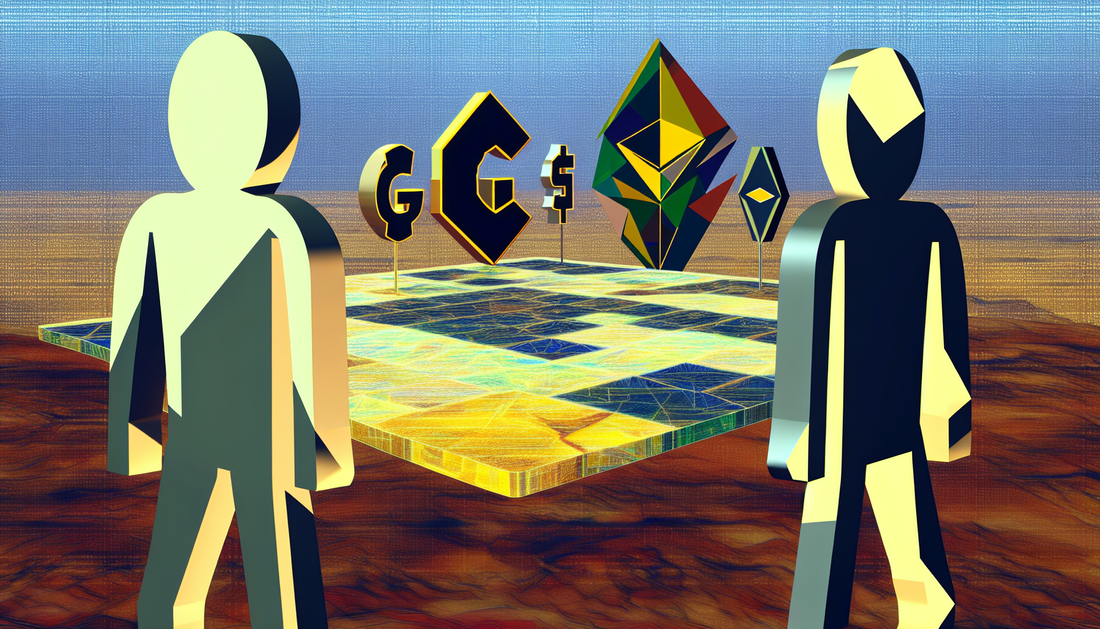
GLT vs. Competitors: A Crypto Showdown
Share
GLT vs. Rival Crypto Assets: A Competitive Comparison
GLT is a cryptocurrency that competes within a crowded digital asset landscape. To assess its position among rivals, it is essential to examine key factors such as technology, adoption, security, and scalability.
Technology and Network Efficiency
GLT utilizes a blockchain system designed to offer efficient transaction processing and security. However, its approach can be compared with rivals that have established themselves with either proof-of-stake (PoS) or alternative consensus mechanisms aimed at reducing energy consumption and improving speed.
Some competing assets leverage more advanced smart contract functionalities, offering greater flexibility for developers. GLT remains functional but lacks some of the sophisticated scripting capabilities found in ecosystems that support complex decentralized applications (dApps).
Adoption and Use Cases
Adoption plays a crucial role in the viability of any cryptocurrency. Compared to more established digital assets, GLT shows a more niche presence in the market. Some rivals have built extensive ecosystems with a broad range of merchants, enterprise integrations, and institutional partnerships, while GLT's adoption is more limited.
The number of wallets and active users for GLT appears lower relative to competing blockchain networks, which have grown significantly through strategic alliances and marketing efforts.
Security Measures
Blockchain security is a critical factor in the long-term success of any asset. While GLT has maintained a relatively stable security record, some of its competitors employ more advanced cryptographic techniques or additional layers of protection, such as multi-signature authentication and formal security audits.
Scalability and Transaction Speed
Scalability remains a challenge for many blockchain networks, and GLT is no exception. Some competing assets have implemented developments such as layer-two solutions or faster consensus mechanisms to increase transaction throughput, while GLT continues to rely on its existing blockchain structure.
Processing efficiency varies when compared to more performance-oriented rivals, which have optimized their networks to handle higher volumes of transactions with reduced congestion and lower fees.
Market Position
GLT operates in a competitive environment where several digital assets have solidified their market dominance. While it has its strengths, its challenges include achieving widespread adoption and keeping up with technological advancements that leading cryptocurrencies continue to implement.
